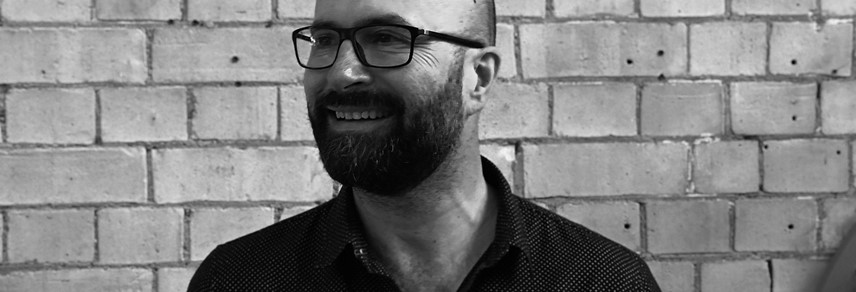
FIVE MINUTES WITH JON BLAKENEY
Brand design agency I-AM’s group managing director Jon Blakeney works with clients from all over the world. Blakeney details the issues in B2C communications in the financial sector.
According to research from Edelman, one in two people distrust the financial services sector to “do the right thing.” Why do you think is?
I think this has built up over a long period of time, for 20 years at least. I think a lack of trust has been created, and financial services themselves are responsible for this. There has been an over focus on product sales rather than people, which reflects the metrics of success of many institutions. Too many are rewarding employees for selling products, and not enough in other areas. Over time, that has eroded trust in customers; they believe they are going to be sold to, rather than listened to.
What are the biggest communications challenges between banks and their customers?
When you start any conversation from a position of mistrust, you are always on the back foot: you’re sceptical, nervous, and the conversation is difficult. All of us can relate to that kind of conversation in our lives, and this is a global problem banks have created themselves. I think what’s necessary is to rebuild trust, by showing that, as a bank and financial institution, you’re interested in the whole person. The biggest shift that has to happen is to see customers as people who have lives – sometimes quite complex lives, with aspirations and emotions – and to engage with the full person, rather than see them as a way to sell products.
Almost one in four customers feel anxious when communicating with their bank. What can be done to ease the process?
Often, we are nervous about things that we do irregularly or infrequently. A way to rebuild the relationship between consumers and financial institutions is to increase the frequency of interaction, not just through their mobile banking, but genuine interaction based on the individual themselves, the person, matched to what they need in their life at the moment. Banks have an enormous amount of data available to them, and that data can be used to provide solutions, pair them to the individuals. It will help rebuild trust and improve the quality and frequency of communication. Because the most useful that interaction is, the more often it will happen.
Do you think banks are communicating well enough with younger generations? What can be improved in their approach?
I’d say people of all ages are using their phone to bank now, not just younger people. It is increasingly popular at any age level. But I think there’s an increasing gap between Generation Z and financial institutions, which is a fabulous opportunity for brands like Monzo, which have stepped in and attempted to create a bridge between themselves and younger audiences. It’s something that, obviously, bigger financial institutions are looking to do, but I think that there’s a misconception as to what that generation is looking for. They’re not looking for financial institutions to be like them, to behave like them; they are looking for them to understand them, to give them solutions to suit their needs. They want something they can take with them, so a mobile-first solution is in large part essential for that generation, but at the same time they still absolutely appreciate the value of human interaction. They might be less frequent, but when those big moments of change come in their lives, younger customers want the reassurance of being able to speak to a human. And the integration between digital and human contact is crucial to that end.
‘Experiential branding’ has become an important buzzword. What kind of experiences do you think the financial sector might provide for its end customers?
You can see examples around the world, with financial institutions probing the areas where they’re comfortable to move into. There is a vacuum within communities which has created around the world, and financial institutions have the skills to move into that vacuum and reconnect with people. What would be a great example is B Works in Manchester, a digital-first brand. Within its space, it is hosting yoga classes in the morning for people to come along before they start work, it hosts TED talks throughout the day, it has live music performances and it provides an inspirational social learning facility in Manchester that’s becoming increasingly valuable within that community. I think that is part of the future. Not everybody’s future, but perhaps the one of those financial services looking to reconnect with local communities, and those wishing to provide social learning experiences that are truly useful and valuable.
For more from Communicate magazine, sign up for the Transform newsletter here and follow us on Twitter @Communicatemag.


